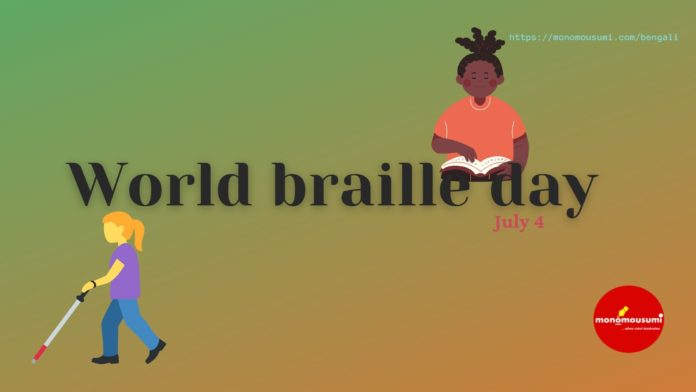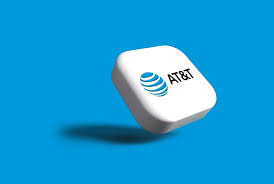“Live without seeing, but be what you are.”, these strong words were spoken by none other than Louis Braille, the inventor of Braille.
This intelligent man was born in 1809 in Coupvray in France. He became visually impaired due to an unfortunate childhood accident when he was only three years old. He was amusing himself with some tools from his father’s harness shop when one of the tools slipped and stabbed him in the right eye. This resulted in sympathetic ophthalmia and complete blindness. At the mere age of fifteen, in 1824, he created a system of reading and writing, taking inspiration from Charles Barbier’s Night Writing System.
Barbier’s system, which came up in 1815, involved a basic grid with six horizontal rows and six vertical columns. The message could be decoded using a technique he referred to as sonography. In this encoding system, the letters could contain a maximum of twelve dots.
Louis Braille simplified Barbier’s system by reducing the number of dots to six and thus made it easier to identify the alphabet. Braille is a tangible depiction of alphabetic and numerical symbols, using six dots or less to represent each letter and number. It is used by the visually impaired to read books and periodicals.
World Braille Day is celebrated on 4th July, in commemoration of Louis Braille’s birthday. The world only began celebrating this day in 2019. This day recognizes Braille’s contributions to help the visually impaired read and write. It is a reminder of the significance of liberty and independence of the visually impaired. It spreads the message that everyone deserves the same accommodations and services, regardless of their ability and condition.
Unfortunately, Louis Braille didn’t get to see the usefulness of his system, due to his untimely death in 1852 due to tuberculosis. In 1854, France’s Royal Institute for Blind Youth adopted the braille curriculum. And by 1916, schools in the United States of America taught it as well.
Braille has helped many people in the last two centuries like Helen Keller, Stevie Wonder, Claude Monet and Ray Charles become successful. Ray Charles, born in 1930, a singer, composer, songwriter and, a pioneer of soul music, became blind at an early age, because of glaucoma. Ray attended a special school for the visually impaired and deaf, where he learnt to play several instruments including the piano, the saxophone, the organ, the trumpet and the clarinet. The school taught him to read music in braille using a language called braille music. It assigns its own meanings and has its own syntax and abbreviations. It Is an extremely difficult process that requires learning the left hand movements by reading braille with the right hand and learning the right-hand movements by reading braille with the left hand and then combining the two. Additionally, they taught him how to write and arrange music in that format. These important skills gave him the ability to compose and play his own music and he became the most talented musician in the school.
One interesting thing about him is that he never looked at his blindness as a handicap. He didn’t let it limit him. He had learnt to play the piano at the age of three, so when he went blind at seven, it didn’t impact his music too much. Plus, he had marked the keys on his keyboard with braille stickers which helped him navigate around it. All these instances show us how braille helped him in his music career.
Braille has gone beyond just reading and writing a book. It is has made life easier for the blind. Some braille inventions include braille laptops, braille PIN cards, braille watches, text-to-voice wand, and braille mobile phones. The first one is a laptop which has a touchpad instead of a screen for displaying text in braille. The user can feel the text written on any website. The braille PIN card is self-explanatory. The information on the credit/debit cards is simply embossed on it in braille. The braille watch is available in both analogue and digital models. In the former version, the numbers are written in braille and the person feels that plus the position of the hands. In addition, these watches have a glass cover that needs to be flipped over to feel the time. In the digital version, the dots written in braille change as time changes. The text-to-voice wand scans the written document and then reads out the words. The mobile phones generally have the keyboard in braille and the visually impaired person can feel and use it. Furthermore, it converts braille to English and vice versa.
Even though so many inventions have been developed to help the blind, there are still many areas where development is lacking. For example, most restaurants do not have menus written in braille. A lot of public places should utilize braille to better accessibility for the blind.
The beauty about Braille is that even without sight there is still vision and the world should thank Louis Braille for that.
By Rakhee Rajesh, Karnataka











